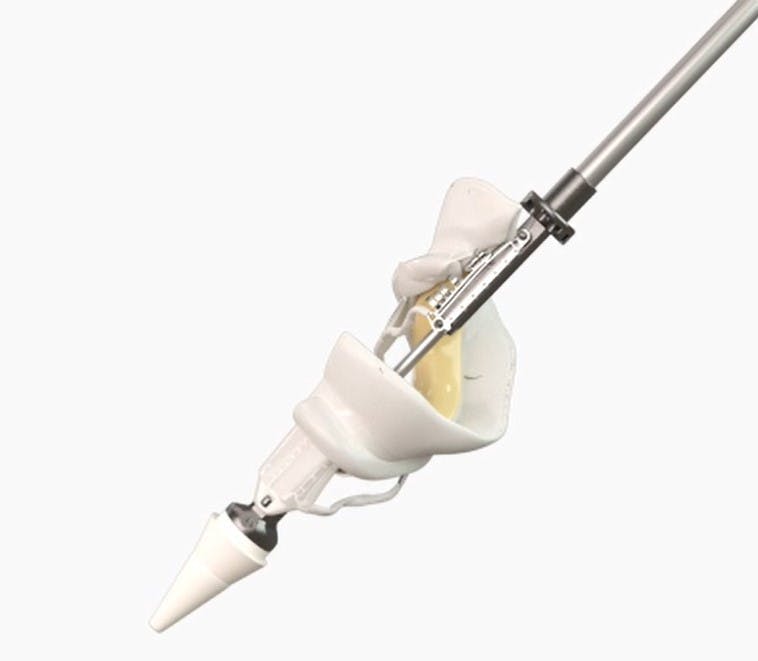


While open-heart surgery is the gold standard treatment, it remains out of reach for 80% of patients, mainly due to their health being deemed too precarious for such an operation. Therefore, solutions for the implantation of valvular devices without resorting to surgery are necessary to provide curative treatment for these many patients.
However, the advancement of these innovative solutions is hindered by significant technological challenges, particularly related to the complexity of cardiac anatomy. Adapting implantable valvular devices to the variety of anatomical structures without surgery proves difficult, thus reducing the number of patients who can benefit from these new approaches (15%). This underscores the need to create innovative technologies to widen access to care.
One of the main obstacles of existing technologies is their high level of patient exclusion, which stems from a mismatch between anatomical characteristics and the design of the implants.
The Cornelis™ valve by Open Stent Solution is the very first cardiac valve to use the RIBBON VALVE technology for the non-surgical replacement of the cardiac valve, a revolutionary approach that allows for the valve to be implanted in a simpler and less invasive manner through the femoral vein (groin).
This technology is the cornerstone of our unique valvular implant that addresses many challenges posed so far by percutaneous valve replacement.
The Cornelis Valve™ can be loaded into a low-profile delivery system, regardless of its size. This revolutionary feature significantly broadens the eligibility criteria for TMVR procedures, drastically reducing the risk of exclusion and thus allowing a greater number of patients to benefit from this technology.
Furthermore, the Cornelis Valve™ is the only TMVR system that effectively mitigates the problem of substantial prosthetic valve protrusion into the left ventricle, thereby minimizing the risk of left ventricular outflow tract (LVOT) obstruction.
This improvement goes hand in hand with a notable reduction in complications related to vascular access, hemorrhagic incidents, and iatrogenic defects of the interatrial septum after the procedure, all thanks to its low-caliber deployment system.
Moreover, the Cornelis valve, with its double-armature design, enhances its adaptability to a wide range of patients.
In essence, the Cornelis Valve™ is well-suited to accommodate even the widest native valves, making it appropriate for TMVR therapies and transcatheter tricuspid valve replacement (TTVR).